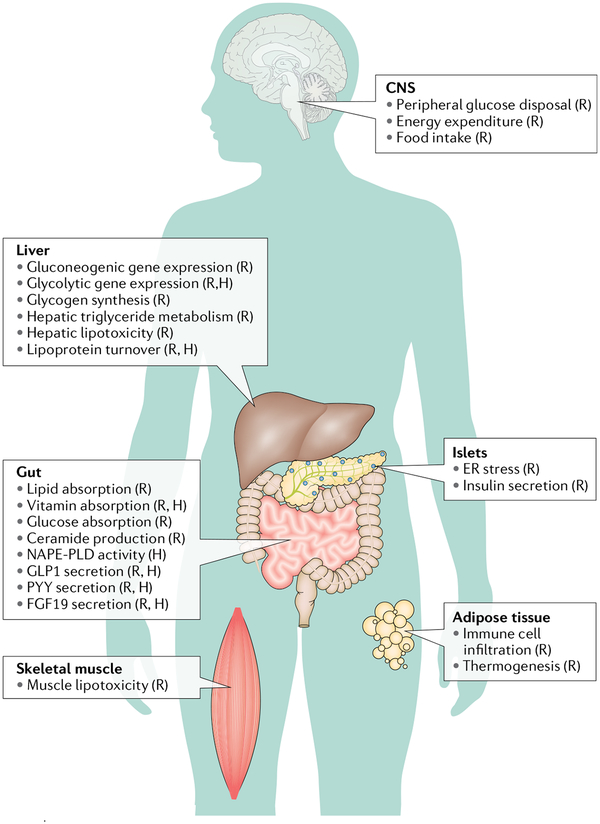Fig. 3 |. Effects of bile acids on metabolic processes throughout the body.
The primary sites of bile acid (BA) function are the liver and intestine, which are enriched in BAs and BA receptors. Through their ability to facilitate secretion of hormones such as glucagon-like peptide 1 (GLP1), fibroblast growth factor 19 (FGF19) and others, BAs can indirectly affect other tissues, including the brain. Furthermore, low levels of BAs are found in the systemic circulation, potentially enabling direct effects of BAs in tissues throughout the body. (R) indicates that supporting data were mostly from rodents; (H) indicates that supporting data were from humans, human cells or purified human proteins. Data were originally presented in the following effects in the central nervous system (CNS): peripheral glucose disposal59 (R), energy expenditure58 (R), and food intake193 (R); effects in islets: endoplasmic reticulum (ER) stress33,173 (R), and insulin secretion194 (R); effects in the liver: gluconeogenic gene expression48,56 (R), glycolytic gene expression52,216 (R, H), glycogen synthesis57 (R), hepatic triglyceride metabolism195 (R), hepatic lipotoxicity48 (R), and lipoprotein turnover152,196 (R, H); effects in adipose tissue: immune cell infiltration91 (R), and thermogenesis58; effects in the gut: lipid absorption13,183,184 (R), vitamin absorption197 (R, H), glucose absorption49 (R), ceramide production50,198 (R), N-acyl phosphatidylethanolamine phospholipase D (NAPE-PLD) activity36,37 (purified human protein), GLP1 secretion86–90,199 (R, H), peptide YY (PYY) secretion90,199 (R, H), and FGF19 secretion199 (R, H); and effects in skeletal muscle: lipotoxicity48 (R).

